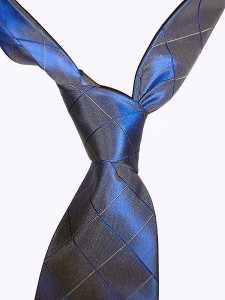The eight-year-old who wasn’t there: That was one of the most important people involved in last week’s impressive two-day conference at Eckstein Hall on dealing with clergy sex abuse scandals.
The Archbishop of Dublin, Ireland, the Most Reverend Diarmuid Martin, brought the eight-year-old into the conference.
Of course, no children were literally present. But Archbishop Martin, who has attracted substantial international attention for his strong stands in the aftermath of large-scale scandals in Dublin, recounted how he had a bit of time before a program at a school he was visiting. The principal asked if there was anything he wanted to see. He said he wanted to visit a class of eight-year-olds.
The reason, he said, was that he wanted to look at their faces and underscore in his own mind their images. When people deal with issues related to the scandals, they tend to see the victims as the adults they are when what happened to them comes to light, the archbishop said. He said, “It is important to see the face of eight-year-old.”
When dealing with the issue of sex abuse, it is the images of the victims, both as children and adults, that should come to mind first, not the images of clergy members or the situation of the church overall, Martin said.
That was one of the key messages of the conference, “Harm, Hope, and Healing: International Dialogue on the Clergy Sex Scandal.” The sessions, the Law School’s annual Restorative Justice Initiative conference for this year, brought together experts from around the world and attracted wide attention, particularly in the Catholic press.
 I recently jested that I would spend some blog time on fashion. Then, on Thursday, the fates decided to jest with me a tad. My hospital has a large summer program for local high school students. The students will basically be assigned a mentor and spend the summer learning from the mentor and going to job-related training sessions. Very internship-y.
I recently jested that I would spend some blog time on fashion. Then, on Thursday, the fates decided to jest with me a tad. My hospital has a large summer program for local high school students. The students will basically be assigned a mentor and spend the summer learning from the mentor and going to job-related training sessions. Very internship-y.